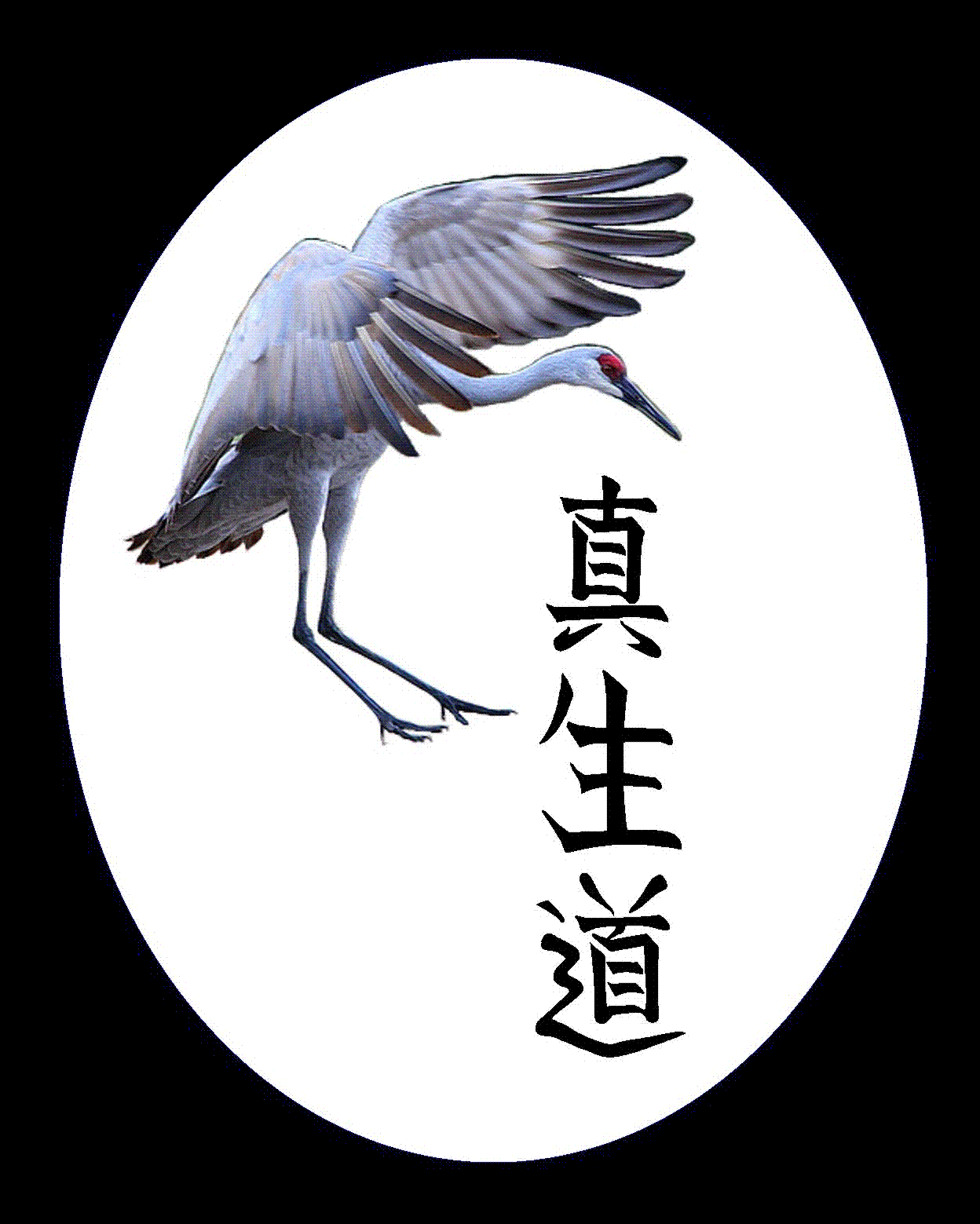
![]()
![]()

Headingley Karate
|
|
|
The 2 metre Square Kata
by Mike Sanderson 5th Dan Karate-jutsu
The following article is reproduced here by kind permission of Mike Sanderson of Hull Kenkyu Kai. It first appeared in Traditional Karate Magazine in 2006.
This is my first attempt at writing an article for a magazine; I am not as you will probably see the world’s best writer! But I thought it might be a good way of putting some of my ideas down to share with other martial artists, so forgive me if my ideas are hard to understand. I always find it easier to talk and demonstrate to people than trying to put it all down on paper, so I hope you enjoy my first (and possibly last!) article.
This article represents a small part of my years of research and training. The purpose of this small article is to look at kata in a more realistic way; we will take for example, just for this article, Pinan Nidan (it can be applied to any kata). What I will try to do is put the kata into a two meter square so it becomes a training aid for realistic scenarios that one may come across without any added moves for artistic effects.
One important thing to remember is the legal aspects of use of force: i.e.: does someone who puts their hand on you shoulder really need their arm broken, throat ripped out or an elbow to the back of the neck? Many times I have seen in articles bunkai that will get you locked up for the amount of damage done to the attacker!
I believe that an instructor should be responsible when teaching any kind of self defence and explain the implications of excessive force with regards to the use of force. It is very easy to get carried away with all this bunkai, like breaking arms legs, necks, etc it’s all great stuff, but if it lands you in prison for a long stretch because you instructor failed to mention the use of force then you have been badly let down. So when applying bunkai, take into account the amount of force you need to defuse the situation.
Most attack scenarios will happen when the distance is closed down to punching, grabbing, pushing and kicking, all of which happen within two meters. So we can adapt a kata to practice within this two meter area. So let’s look at Pinan Nidan, if we take the opening three moves, from the initial contact to the finish of the defence it can all happen within two meters.
When looking at Kata for self defence we have to put back things that we think may have been altered or missed out over the past hundred or so years (angle or distance of the attack, distraction techniques, the target of the defensive technique and so on). Obviously we do not really know what was put in or taken out so we have to use our best judgment. I will not go into lots of detail on the history of why this or that kata has been changed - there are possibly as many theories as there are kata and there are far more knowledgeable people out there who have already written on this subject.
If you look at the first set of photos (1 to 4) you can see the first four moves of Pinan Nidan in the traditional fashion. They look quite good as a form! But to use them as a self defense sequence that we can practice with a partner we have to start changing things. The next set of pictures(5 to 6) shows the four moves with all the things that we have to put in or take out to make it a realistic training aid.( Quite difficult to show in still pictures)
The next step is to add on the next sequence of moves and we eventually end up with the kata being a more realistic looking set of moves that not only has all the benefits of the traditional kata like breathing, speed, focus, footwork, balance, coordination, fitness etc but will actually be useful in a self defence scenario. And can be practiced within two square meters! (In your garden or front room etc, who needs a big dojo?)
As I said at the beginning any kata can be adapted to this method, but the ultimate aim of training this way is for the student to eventually develop their own self defense kata that is suited to there own age, size, physical ability,etc.
The final set of pictures shows one of my small kata against a round punch. I drill the defense with a partner (17 to 20) then take the partner away and run the sequence on my own visualizing the attacker (13 to 16). Training this way helps to make the defence into a reflex reaction response. Which surely must be a good thing?
I teach Kata to my students in this fashion so that if they can only manage one night a week they can take home a small kata. This way they can practice a reasonably realistic self defense scenario, without a partner, almost anywhere. By using mental visualization to help them, it increases their learning speed. So when the next training session comes around the student remembers the techniques - which mean they learn at a faster rate than teaching a long sequence of traditional moves that have to be repeated every week over a long period (and only has limited benefits anyway).
I would like to thank the following people for inspiring and helping me to keep training over the past 30 or so years: Frank Hayes 4th dan karate and Ju Jutsu, Bruce Lee ('add what is specifically your own'), Steve Barrass 5th dan, Neil Nicholson 2nd dan (enjoyed life while he could), Vince Morris 7th dan, Professor Rick Clark 8th dan (a real gentleman and friend), my own students, and all the researchers and instructors that I continue to learn from.
If you are ever in Hull and would like to visit Mikes Dojo contact Mike on 07773214551, you would be most welcome. Or email:mike@3peaks.karoo.co.uk